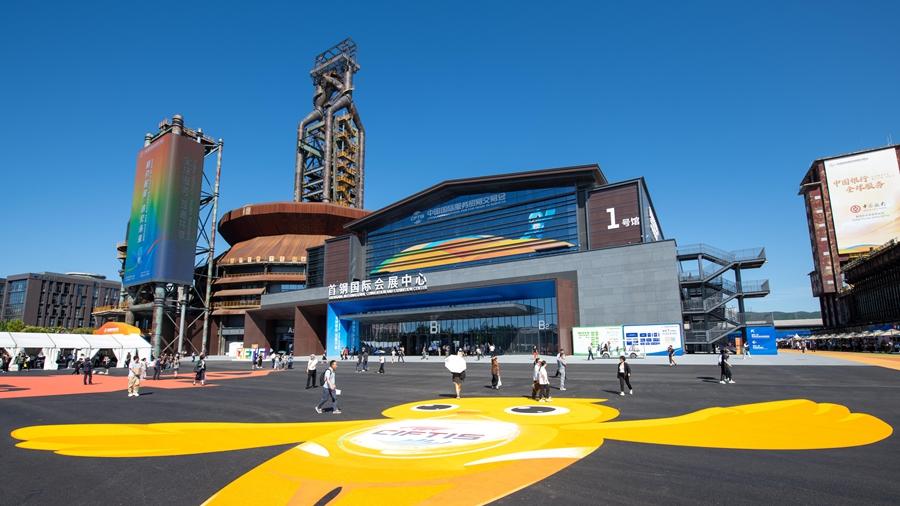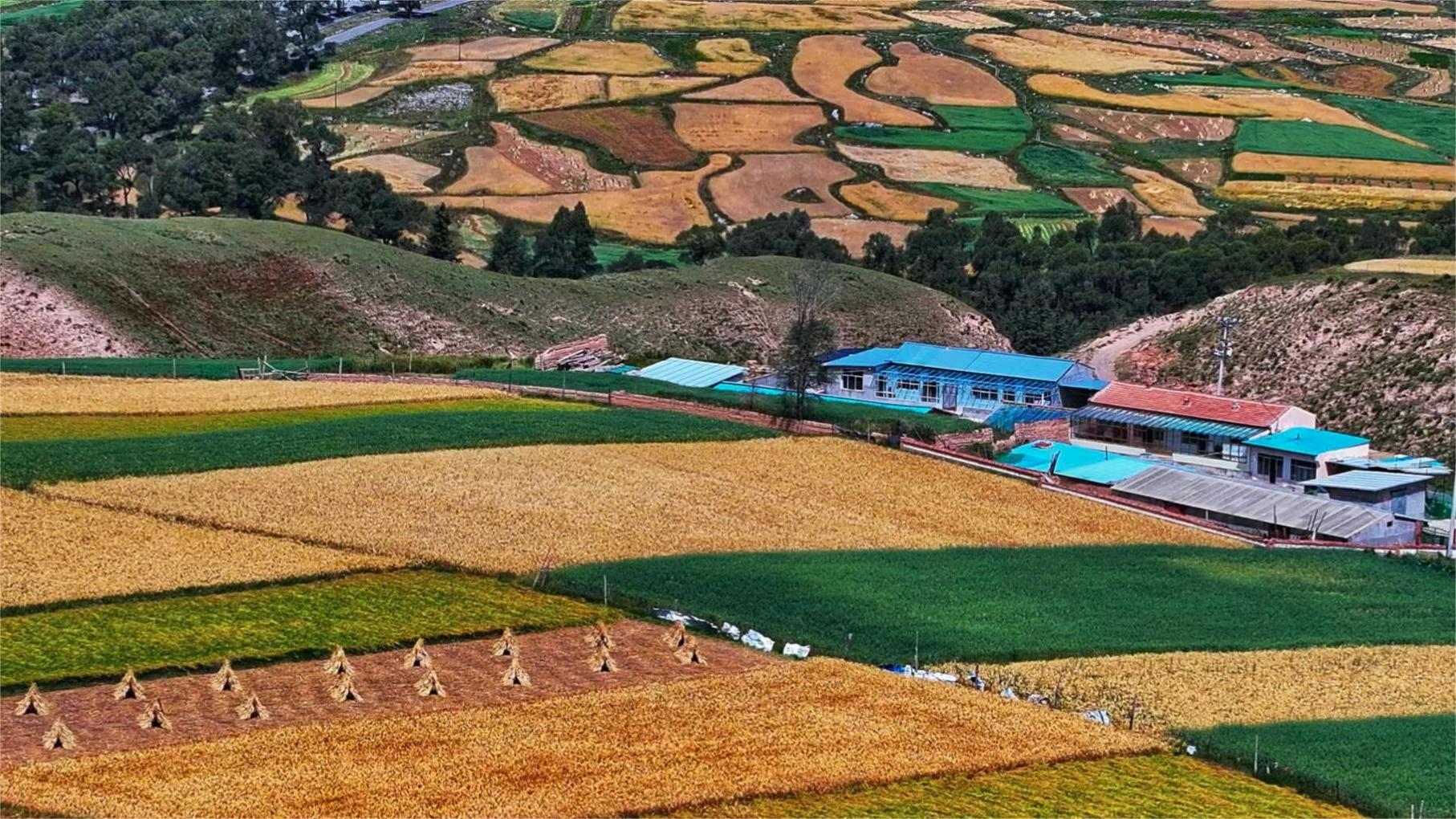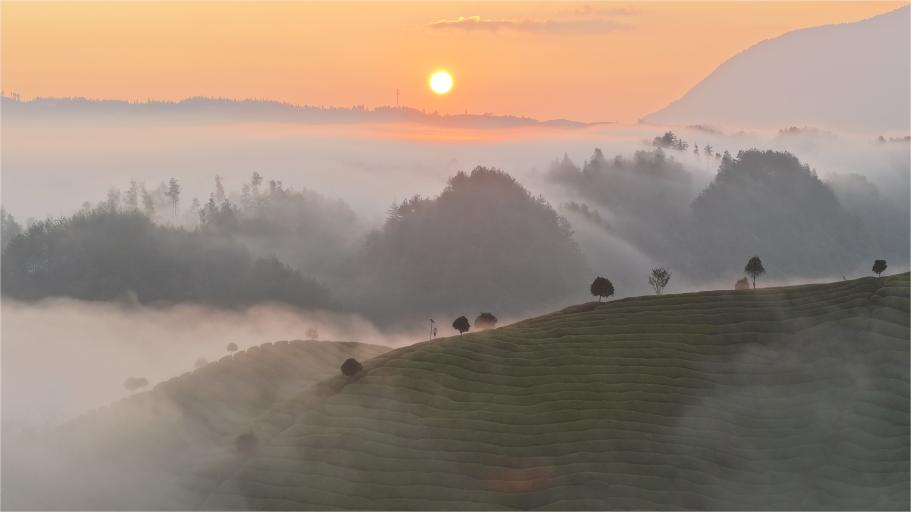Embracing traditional culture during Mid-Autumn Festival
BEIJING, Sept. 17 (Xinhua) -- Rather than planning a distant trip, Cheng Gao chose to spend this year's Mid-Autumn Festival with friends at a homestay in the mountains of Chengde, north China's Hebei Province.
His high-speed train from Beijing to Chengde took just an hour. "I wanted to fully experience what a classic Chinese poem describes as 'listening to the rustling of pine trees while lying in a comfortable bed,'" he said.
Like Cheng, many other Chinese people have retreated to nearby suburbs or counties during the three-day holiday to seek respite from their bustling urban lives.
Data from travel services provider Ctrip shows that the average distance of high-speed train trips booked on its platform during the 2024 holiday was approximately 361 kilometers -- down nearly 30 percent from the average distance traveled during the same period of 2023.
Experts attribute this preference for shorter-distance travel to urban residents' growing need for recreational getaways during shorter holidays. This trend is also supported by increasingly developed infrastructure around major cities, they say.
As the Mid-Autumn Festival is traditionally a time for families and friends to admire the moon together, night tours are popular during the holiday.
People could be seen viewing the moon while listening to classical music on boats on the Qinhuai River in Nanjing, stopping at a square in Xi'an to capture the moment a 1,400-year-old Buddhist pagoda and the full moon appear in the same frame, or boarding flights to get a closer look at the moon.
Cheng Chaogong, a researcher at Tongcheng Travel, has praised the tourism sector for its efforts to expand beyond traditional moon-viewing activities and introduce diverse new scenarios for consumers.
Data from Tongcheng Travel shows that search interest related to night tours of ancient towns and gardens surged 77 percent month on month over the past week, while search interest for night boat tours climbed 42 percent month on month.
Cultural and tourist activities that incorporate seasonal features and popular trends have become an important element in attracting tourists during public holidays in China, said Tang Chengcai, a professor at the Beijing International Studies University's school of tourism sciences.
In another sign of increasing public interest in traditional culture, a village in south China's Guangdong Province revived a song event that has a history of more than 300 years, bringing joy and laughter to the festival. And in Fuzhou, east China's Fujian Province, an activity involving traditional makeup and hairpins offered tourists an immersive intangible cultural heritage experience.
According to online travel provider Fliggy, traditional customs such as flower and lantern viewing have been highly favored on its platform, with popularity up by approximately 60 percent compared to the same period last year.
In Shanghai, Xu Jing and her daughter spent the festival wearing traditional attire and watching Peking Opera, Huju Opera and Pingtan performances at a square in Xuhui District. "Urban commercial centers and neighborhoods are great places to visit when they host a variety of activities. We can dive into traditional culture, dine out and socialize all in one place," she said.
Everything from video game filming sites to intangible cultural heritage that has become popular on social media has proven that the more authentically Chinese the style, the trendier it becomes. This is a cultural phenomenon that cannot be ignored today in China, according to experts.
They say that the rise of "China chic," or Chinese style, not only signals an emerging aesthetic trend but also reflects a strong sense of identity rooted in the people's confidence in their national culture.
Photos
Related Stories
Copyright © 2024 People's Daily Online. All Rights Reserved.









